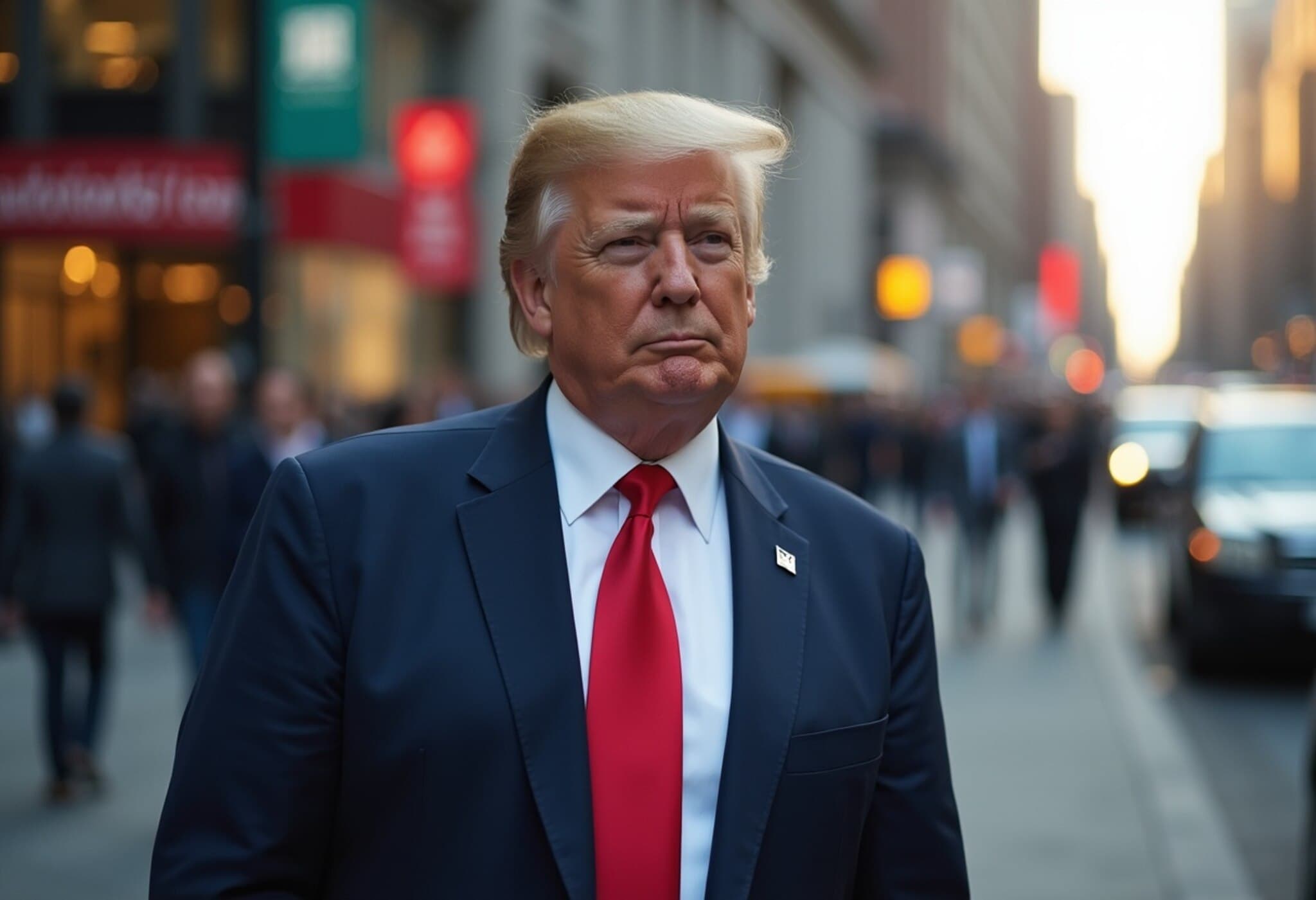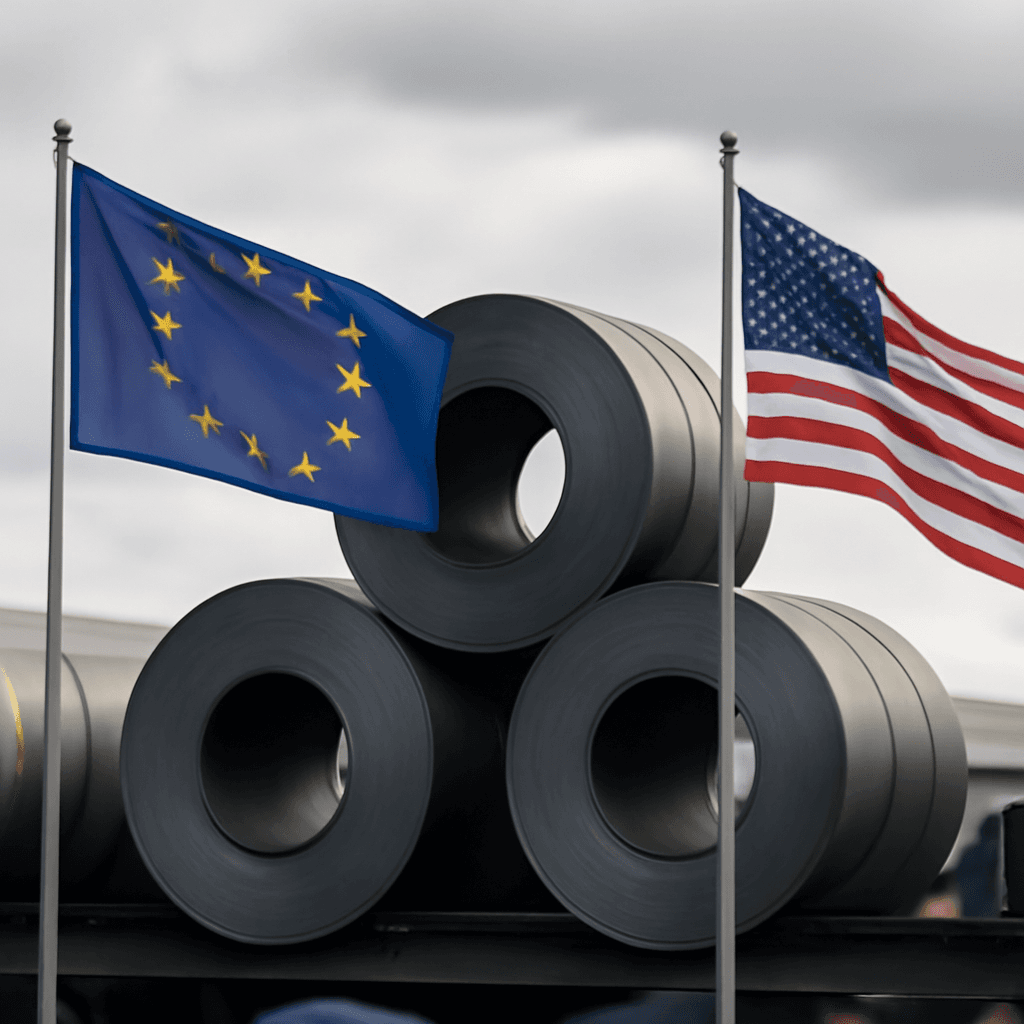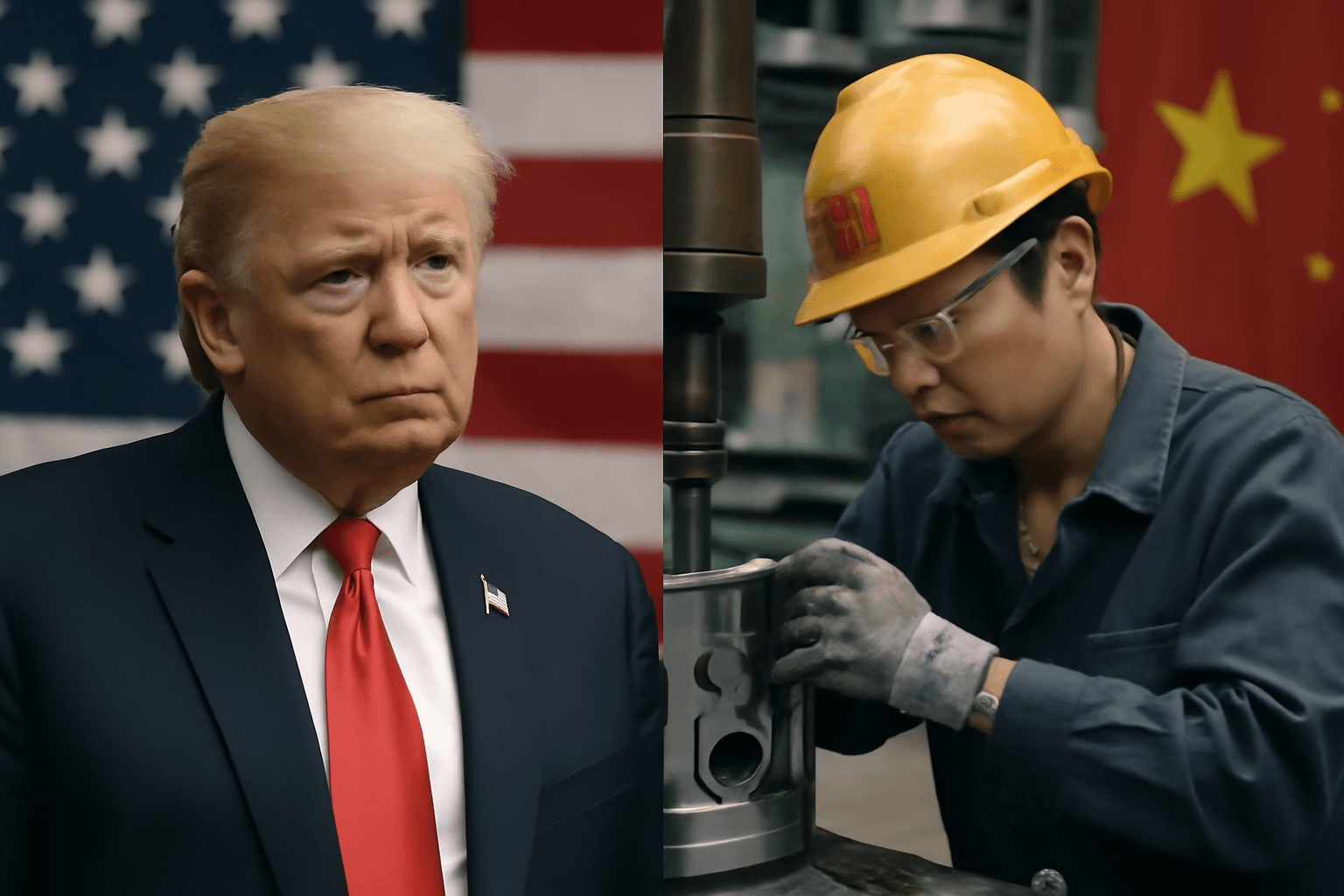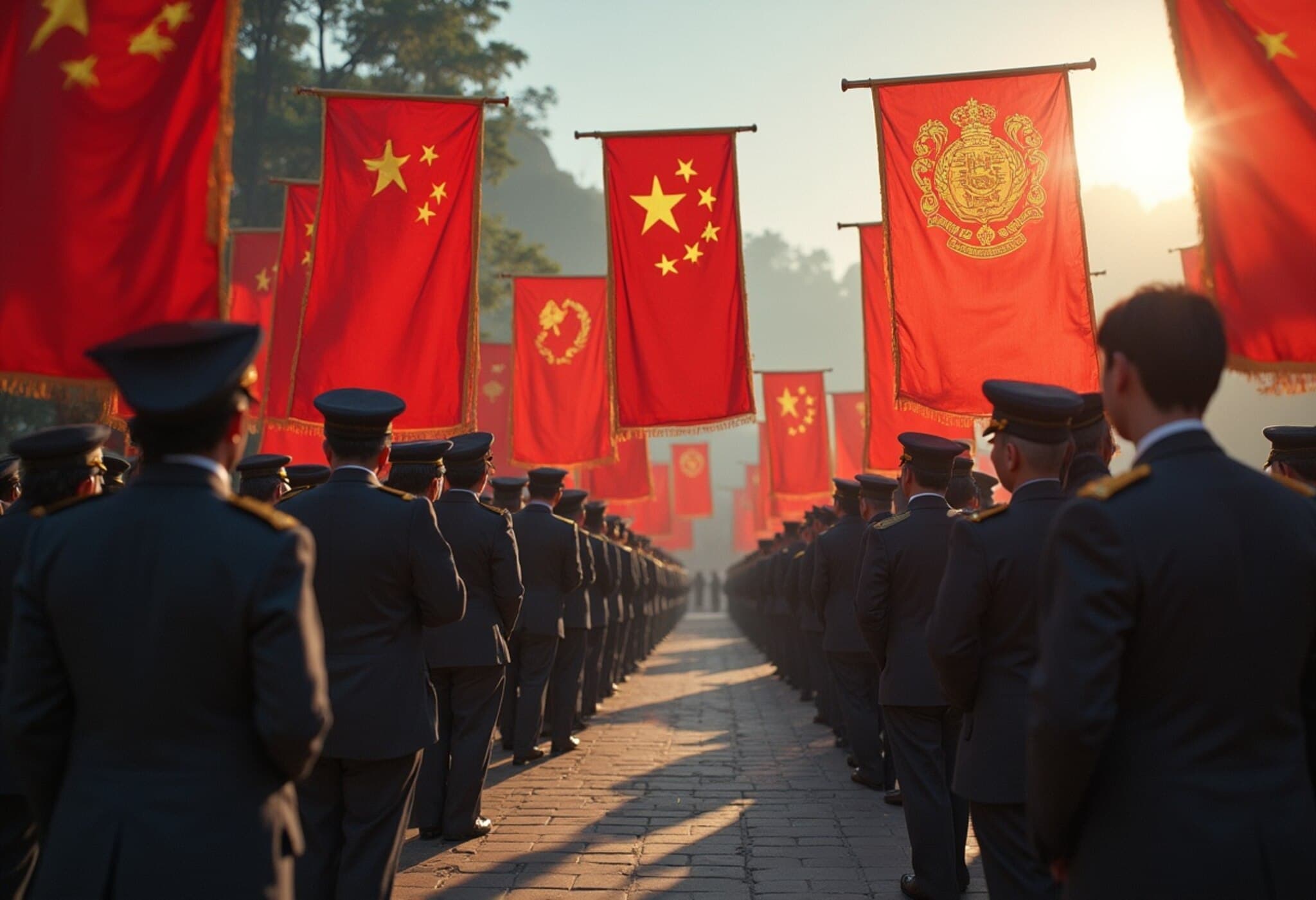July Jobs Report Reveals Signs of a Slowing U.S. Economy
July’s jobs report, despite sparking controversy, has emerged as a critical barometer for the U.S. economy’s health—indicating a marked slowdown that goes deeper than headline figures suggest. Nonfarm payroll gains fell short of already modest expectations, with significant downward revisions to May and June pushing the average monthly job growth over three months down to a mere 35,000. This is less than a third of the pace observed a year ago, signaling a striking change in the labor market’s momentum.
Labor market performance is often a lagging—but insightful—signal during economic slowdowns. As Luke Tilley, Chief Economist at Wilmington Trust, puts it, “We are in a broad economic slowdown. Whether it translates to a recession or not is the question that I’m asking now.” His team places the recession odds at 50%, highlighting the lingering impact of trade tariffs that continue to dampen consumer spending, which comprises roughly 68% of U.S. economic activity.
Tariffs and Consumer Behavior: A Hidden Drag
Tilley draws attention to an important, often overlooked dynamic: tariffs are inflating costs for imports, which many consumers absorb by cutting back on discretionary spending such as travel, entertainment, and leisure activities like visiting theme parks or staying at hotels. This shift helps explain why inflationary pressures have not spiked as sharply as some economists anticipated, yet it also points to reduced consumer vibrancy—a key engine for economic growth.
Mixed Signals: GDP Growth vs Employment Data
On the surface, the economy offered some reason for cautious optimism with a solid 3% annualized GDP growth rate in Q2 2025. However, this figure masks a subtler trend: averaging less than 1.2% GDP growth over the first half of the year, consumer spending itself barely inched up by 1%. Much of Q2’s strong showing stemmed from a reversal of an import surge in Q1, a period when growth was actually pulled down by the tariff-driven spike in imports.
This nuanced growth pattern, juxtaposed with the recent payroll data, signals a looming challenge. Gus Faucher, Chief Economist at PNC, observes that while recession is not inevitable, the risks have escalated, especially with tariff pressures complicating both consumer and business behavior.
What Major Financial Institutions Forecast
- Goldman Sachs anticipates U.S. growth slowing to just 1% in the final two quarters of 2025, emphasizing the knock-on effects of weaker job gains, tariff-driven inflation, and expected cuts in transfer payments from recent fiscal legislation.
- Goldman also notes that recent payroll figures better align with broader economic data, underscoring an economy expanding at a below-potential pace.
White House Optimism Meets Political Pushback
Despite the somber economic indicators, White House officials maintain that current conditions remain sound and expect improvement once President Donald Trump’s One Big Beautiful Bill Act takes effect. Contrarily, President Trump publicly dismissed the July jobs numbers as “fake” and “rigged,” stirring political contention.
Kevin Hassett, Director of the National Economic Council and a prominent economic advisor, struck a more nuanced tone in a CNBC interview. While acknowledging the concerns raised by downward revisions, he simultaneously highlighted underlying economic strengths and expressed guarded optimism about the second half of 2025.
Monetary Policy and Housing Market: More Signs of Strain
The Federal Reserve, after last week’s decision to hold interest rates steady, continues to emphasize the labor market’s resilience. Yet, with the manufacturing sector faltering and consumer sentiment dampening—as illustrated by a drop in the Conference Board’s Consumer Confidence Index to its lowest since October 2024—the economic outlook is precarious.
Housing, a bellwether sector, remains weak amid mortgage rates hovering near 7% for a 30-year fixed loan. Jim Paulsen, a veteran strategist, points out the stark mismatch: “What are we doing with a national average 30-year mortgage rate still close to 7% in an economy growing at 1%? There is nothing ‘healthy or solid’ about these numbers—they are way below the 2% stall speed, and shout for help.”
Economists Voice Heightened Recession Concerns
Many experts interpret the new data as a warning. Josh Bivens from the Economic Policy Institute described the jobs report as emblematic of a recession onset, while Moody’s Analytics Chief Economist Mark Zandi said, “The economy is on the precipice of recession.” Additional disappointing economic reports, including a 4.8% drop in retail sales and slumping confidence metrics, have compounded the gloom.
Market Resilience Amid Volatile Sentiment
Despite these warnings, Wall Street has so far absorbed the news without dramatic sell-offs, buoyed partly by hopes of a long-term tariff resolution between the U.S. and the European Union. Yet volatility remains elevated, with the Dow Jones Industrial Average declining 1.7% over the past month.
George Mateyo, CIO at Key Private Bank, highlighted a shift in investor psychology: “We were waiting for the other shoe to drop, and now we’re starting to see a few shoes drop.” He suggests heightened uncertainty demands thorough risk reassessment and portfolio rebalancing, especially away from high-risk sectors.
What’s Next for the Federal Reserve?
Trader expectations have swung significantly, with markets shifting from discounting low chances of a Fed rate cut in September to pricing in nearly 90% probability. Yet, Fed comments remain cautious, reflecting the complex balance between sustaining labor market strength and addressing emerging economic weaknesses.
Editor’s Note
The July jobs report has punctured the veneer of an unstoppable U.S. economic juggernaut, revealing vulnerabilities that warrant close monitoring. While some indicators offer hope, the interplay of tariff pressures, subdued consumer spending, and a fragile labor market raises critical questions: Can policy interventions steer the economy clear of recession? How will monetary tightening and geopolitical tensions reshape growth trajectories? For policymakers, investors, and the public alike, adaptability and vigilance will be essential in navigating these uncertain times.











